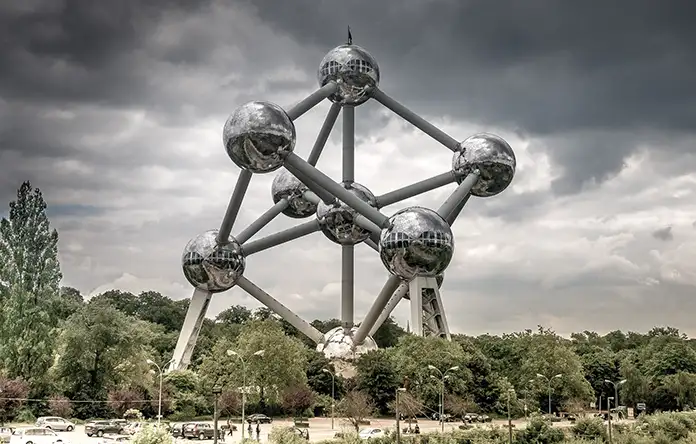There is a growing appetite among senior datacentre professionals to find ways to reuse the waste heat generated by their facilities, as the sector as a whole looks to decrease the environmental footprint of its activities.
That’s according to the Waste heat: The data centres’ warm embrace report. Commissioned by consultancy firm BCS, the report claims the topic of what operators should do with the large quantities of warm air their facilities make is being “increasingly discussed” as long-standing concerns about the economic viability of heat reuse schemes diminish.
“Planning and permitting processes are increasingly requiring that more is done to utilise waste heat from datacentres to support sustainable development and foster community resilience,” said BCS CEO James Hart in the report’s executive summary.
“Typically, excess heat is expelled into the atmosphere, contributing to heat islands and overall energy inefficiency. By capturing and repurposing this waste heat, datacentre operators can significantly reduce their environmental impact while providing tangible benefits to nearby communities.”
Examples of this flagged in the report include the use of datacentre waste heat in district heating systems, commercial greenhouses, urban farming setups, leisure centres and manufacturing processes.
In all these cases, the waste heat can offset some of the need for fossil fuel-based heating systems to generate the warm air needed to make these processes possible.
“The waste heat generated by datacentres represents a valuable resource that, if properly harnessed, can benefit local communities in numerous ways … [that] can contribute to sustainable development, reduce carbon emissions and enhance community resilience,” said Hart. “Embracing these innovative approaches not only helps address environmental challenges, but also strengthens the symbiotic relationship between datacentres and the communities they operate in.”
For that to happen, there needs to be a greater degree of collaboration between operators and the industries and users that stand to benefit from having access to this waste heat.
“To effectively harness waste heat from datacentres, collaboration between datacentre operators, local governments and community stakeholders is crucial,” said Hart. “Engaging with local communities, conducting feasibility studies and implementing appropriate infrastructure are necessary steps to ensure the successful integration of waste heat into community initiatives.”
The report features responses from 3,000 senior datacentre professionals from across Europe, including owners, operators, developers, consultants and users about a wide range of issues affecting the sector, including heat reuse.
But while this is a topic, as stated in the report, that is being “increasingly discussed”, a number of respondents said they remain sceptical about the economic viability of heat reuse schemes “despite some indications that these concerns may be diminishing”.
“While 63% of participants expressed concerns about the efficiency of power generated using waste [heat], this does indicate a decrease compared to the 73% who held the same view in winter 2022,” it stated.
The report also suggested a shift in attitude towards using heat reuse schemes among developers and users, with four out of five respondents from the former group expressing the “highest level of concern” regarding the cost viability of reusing waste heat.
“Interestingly, among our end-user respondents, there seems to be less concern, with just over two-fifths expressing reservations and none of them doing so in the strongest terms possible,” it said.















